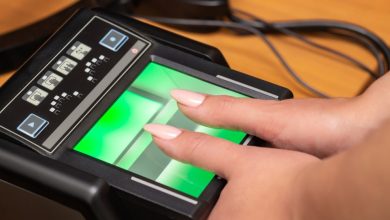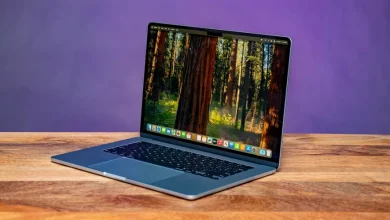Evolution of pokémon goes account trading- A journey through time

When Pokémon Go first launched, trading accounts were uncharted territory. Players focused on exploring the game’s mechanics, catching Pokémon, and levelling up their accounts. However, as some players invested countless hours into the game and amassed impressive collections, the idea of buying and selling accounts began to take root.
Account trading was a small-scale activity. Players would connect through social media platforms like Facebook and Twitter, cautiously discussing potential trades. These early transactions were often informal, with little guarantee of security or fairness. Buyers took a leap of faith, hoping the seller would deliver on their promises.
Rise of trading platforms
As the demand for Pokémon Go accounts grew, so did the need for dedicated trading platforms. Enterprising individuals saw an opportunity to create secure marketplaces where buyers and sellers could connect more confidently. These platforms, often in the form of websites or apps, offered features like user verification, feedback systems, and escrow services to protect both parties.
The earliest and most prominent trading platforms were PlayerUp. Launched in 2016, PlayerUp quickly became a go-to destination for Pokémon Go account trading. The site offered a user-friendly interface, detailed account listings, and a rating system to help buyers make informed decisions. Other platforms, such as EpicNPC and G2G, also emerged, catering to the growing market.
Evolving marke- Supply and demand
As more players discovered the world of pokemon go stacked account trading, the market evolved to meet the changing demands. In the early days, accounts with high trainer levels and many captured Pokémon were the most sought-after. Players were willing to pay a premium for accounts that could give them a significant head start in the game.
However, as time passed and more players reached higher levels, the focus shifted to accounts with rare and valuable assets. Pokémon, which have a unique colour scheme and are incredibly difficult to obtain, became highly coveted. Accounts with an extensive collection of shiny Pokémon could command prices in the hundreds or even thousands of dollars. Similarly, accounts with regional exclusive Pokémon gained popularity. These Pokémon are only available in specific real-world locations, making them nearly impossible for most players to obtain. An account with a complete set of regional exclusives became a prized possession in the trading market.
Pokémon go account trading
As Pokémon Go continues to evolve with new features, creatures, and challenges, so will the account trading market. Introducing new shiny Pokémon, rare variants, and limited-time events will likely drive demand for specialized accounts?
However, the future of account trading also depends on Niantic’s stance. If the company decides to crack down on the practice more aggressively, it could significantly impact the market. Platforms may need to adapt and find new ways to facilitate trades without violating the game’s terms of service. Regardless of the challenges, it’s clear that Pokémon Go account trading has become an integral part of the game’s ecosystem. As long as players are willing to buy and sell, the market will continue to thrive, evolving to meet the ever-changing demands of the Pokémon Go community.




